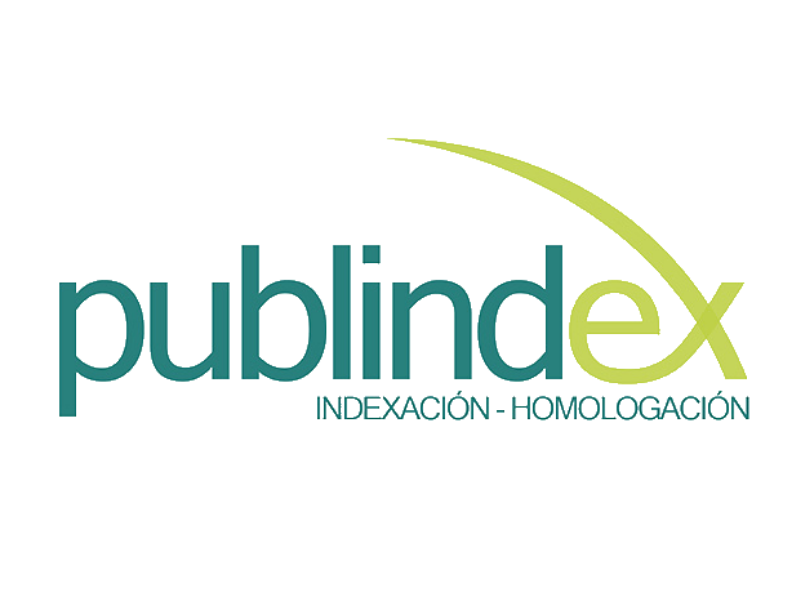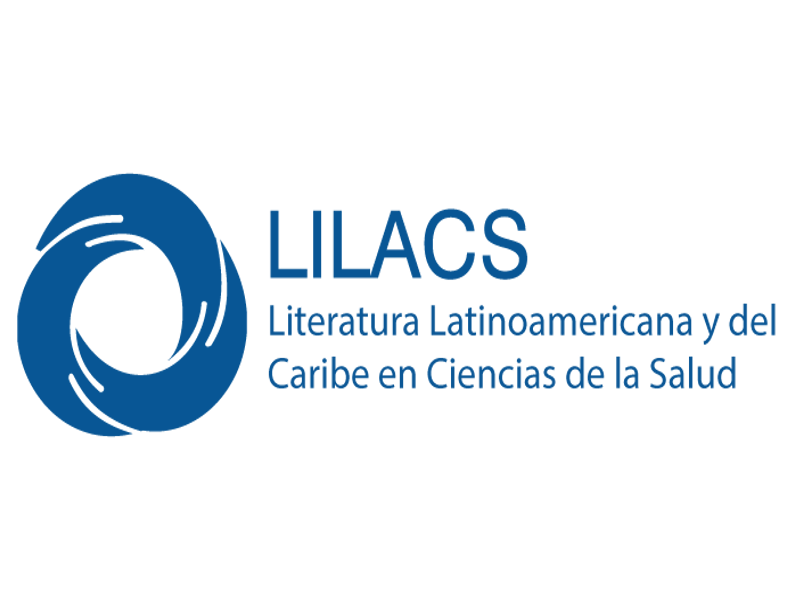From failure in prevention to a hygienic mastectomy.
Mastectomía higiénica: cuando realizarla
![]()
![]()

Show authors biography
Introduction: Cleaning or hygienic mastectomy is indicated for palliative purposes in locally advanced breast cancer, and has been proposed as an important surgical method through which abrupt problems that put the patient's life at risk can be resolved.
Objective: The objective of the manuscript patient is to present the case of one that required management with an emergency mastectomy.
Clinical case: A 63-year-old woman with a history of metastatic ductal left breast cancer. Assistance to the emergency service due to the appearance of bleeding in the left sinus with a metastatic mass. On physical examination, tachycardia was found, with obesity and in the left breast an indurated fungoid mass was observed that compromised the entire mammary gland with evidence of fibrin secretion and moderate active bleeding in layers at the level of the tumor lesion, she had severe normochromic normocytic anemia. (6.6 g/dl), for which he decided to perform a transfusion of 2 units of red blood cells, compressive bandage in the area of bleeding, tranexamic acid 500 mg every 8 hours and ampicillin-sulbactam 3 g every 6 hours. Given the poor response to the established management and persistent bleeding with a tendency to anaemia, a cleansing (hygienic) mastectomy was performed.
Conclusions: Cleaning or hygienic mastectomy is a therapeutic method which is not indicated as an optimal control measure for locally invasive breast cancer, however, this strategy can be used in some complications that can occur as in the case presented. where there was evidence of hemorrhage and infection of the tumor lesion.
Article visits 250 | PDF visits 39
Downloads
- Arredondo J., Rodríguez-Spiteri N., Torre W., Aubá C., Pedano N., Regueira F.M.. Colgajo DIEP de cobertura tras mastectomía de limpieza paliativa en cáncer de mama localmente avanzado. Anales Sis San Navarra [Internet]. 2013 Abr [citado 2023 Ago 15]; 36( 1 ): 141-144. Disponible en: http://scielo.isciii.es/scielo.php?script=sci_arttext&pid=S1137-66272013000100019&lng=es. https://dx.doi.org/10.4321/S1137-66272013000100019.
- Gentile D, Sagona A, Barbieri E, Antunovic L, Franceschini D, Losurdo A, et al. Breast conserving surgery versus salvage mastectomy for ipsilateral breast cancer recurrence: a propensity score matching analysis. Updates Surg. 2022; 74: 479–489.
- Sagona A, Gentile D, Anghelone CAP, Barbieri E, Marrazzo E, Antunovic L, et al. Ipsilateral Breast Cancer Recurrence: Characteristics, Treatment, and Long-Term Oncologic Results at a High-Volume Center. Clin Breast Cancer. 2021;21:329–336.
- Wickman M. Breast reconstruction-past achievements, current status and future goals. Scand J Plast Reconstr Surg Hand Surg 1995; 29: 81-100.
- Uroskie TW, Colen LB. History of breast reconstruction. Semin Plast Surg 2004; 18: 65-69.
- Escudero FJ. Historical evolution of breast reconstruction. An Sist Sanit Navar 2005; 28: 7-18.
- Gentile D, Sagona A, Barbieri E, Antunovic L, Franceschini D, Losurdo A, et al. Breast conserving surgery versus salvage mastectomy for ipsilateral breast cancer recurrence: a propensity score matching analysis. Updates Surg. 2022;74:479–489.
- Marisol Inés Arra. Tratamiento de cáncer de mama localmente avanzado. Revista Argentina de Mastología 2014; 33(118): 74-104. Disponible en https://www.revistasamas.org.ar/revistas/2014_v33_n118/Monografia.m18.pdf
- Manyam BV, Shah C, Woody NM, Reddy CA, Weller MA, Juloori A, et al. Long‐term complications and reconstruction failures in previously radiated breast cancer patients receiving salvage mastectomy with autologous reconstruction or tissue expander/implant‐based reconstruction. Breast J [Internet]. 2019;25(6):1071–8. Disponible en: http://dx.doi.org/10.1111/tbj.13428
- Gentile D, Sagona A, Spoto R, Franceschini D, Vaccari S, Vinci V, et al. Salvage mastectomy is not the treatment of choice for aggressive subtypes of ipsilateral breast cancer recurrence: A single-institution retrospective study. Eur J Breast Health [Internet]. 2022; 18 (4):315–22. Disponible en: http://dx.doi.org/10.4274/ejbh.galenos.2022.2022-5-3
- Jo T, Hur J, Min K, Kim EK, Han HH, Eom JS. Immediate breast reconstruction after salvage mastectomy: Case control outcome comparisons of DIEP flap and DTI reconstruction. J Plast Reconstr Aesthet Surg [Internet]. 2021;74(7):1495–502. Disponible en: http://dx.doi.org/10.1016/j.bjps.2020.11.034
- Eom JS, Kim DY, Kim EK, Lee TJ. The low DIEP flap: An enhancement to the abdominal donor site. Plast Reconstr Surg [Internet]. 2016;137(1):7e–13e. Disponible en: http://dx.doi.org/10.1097/prs.0000000000001867
- Patel AA, Arquette CP, Rowley MA, Borrelli MR, Lee GK, Nazerali RS. Comparing outcomes of flap-based salvage reconstructions in the radiated breast. Ann Plast Surg [Internet]. 2021;86(5S):S403–8. Disponible en: http://dx.doi.org/10.1097/sap.0000000000002761
- Yin Z, Wang H, Liu Y, Wang Y, Chang EI, Yin J. Single-institution algorithm for prevention and management of complications in direct-to-implant breast reconstruction. Plast Reconstr Surg [Internet]. 2022;150:48S-60S. Disponible en: http://dx.doi.org/10.1097/prs.0000000000009490











